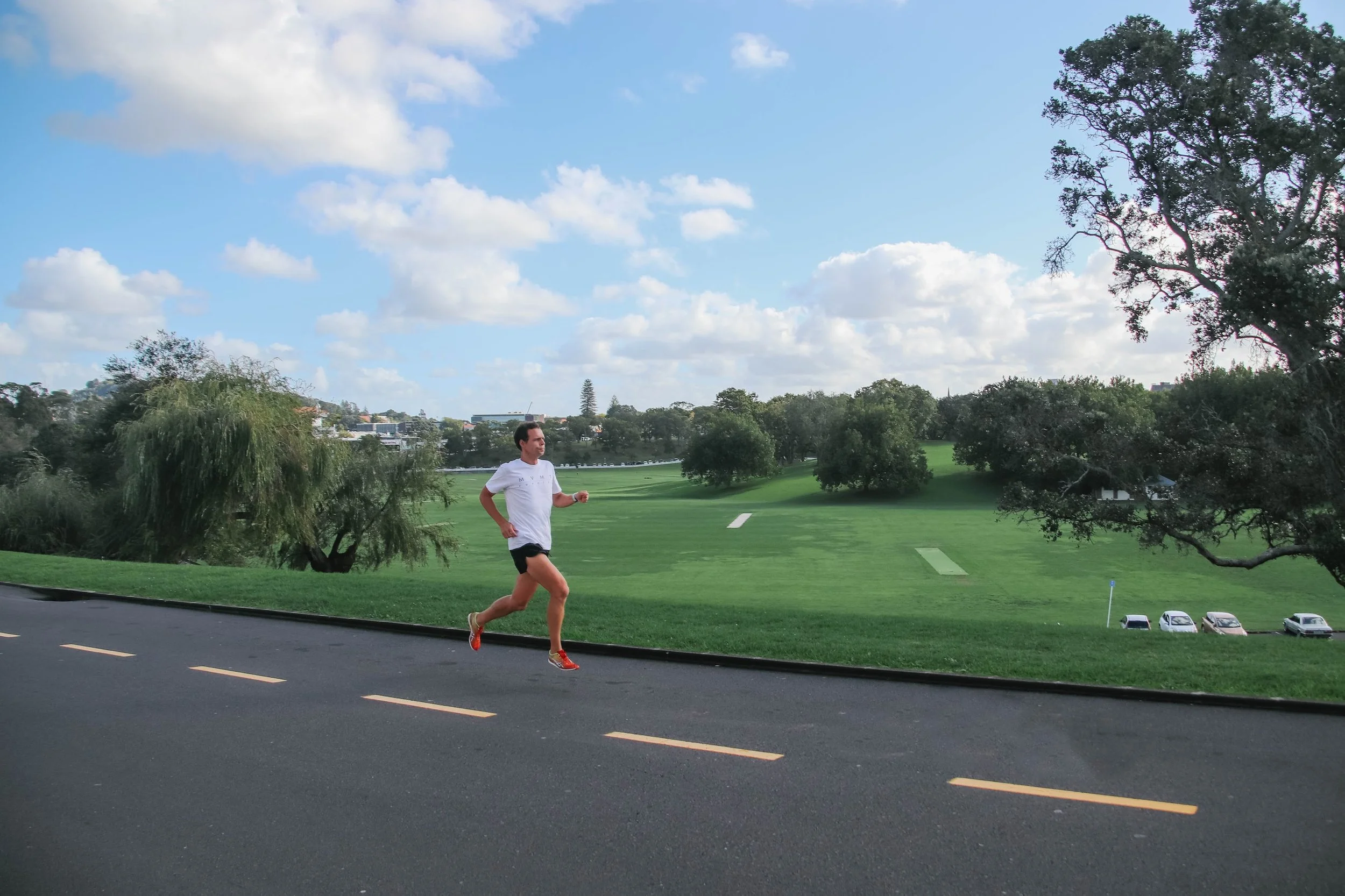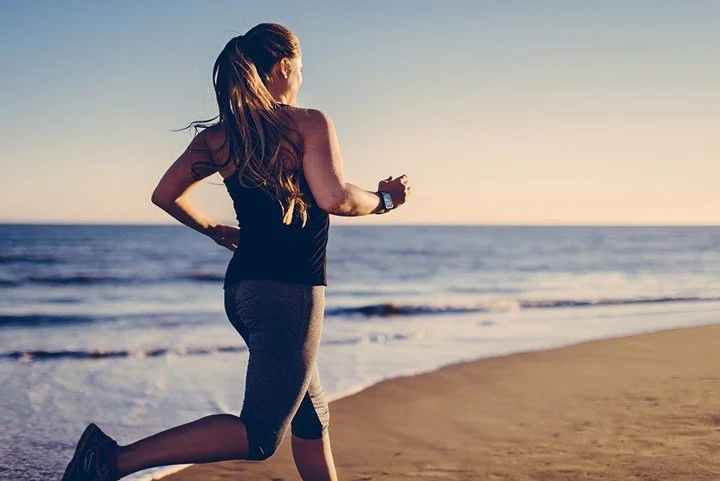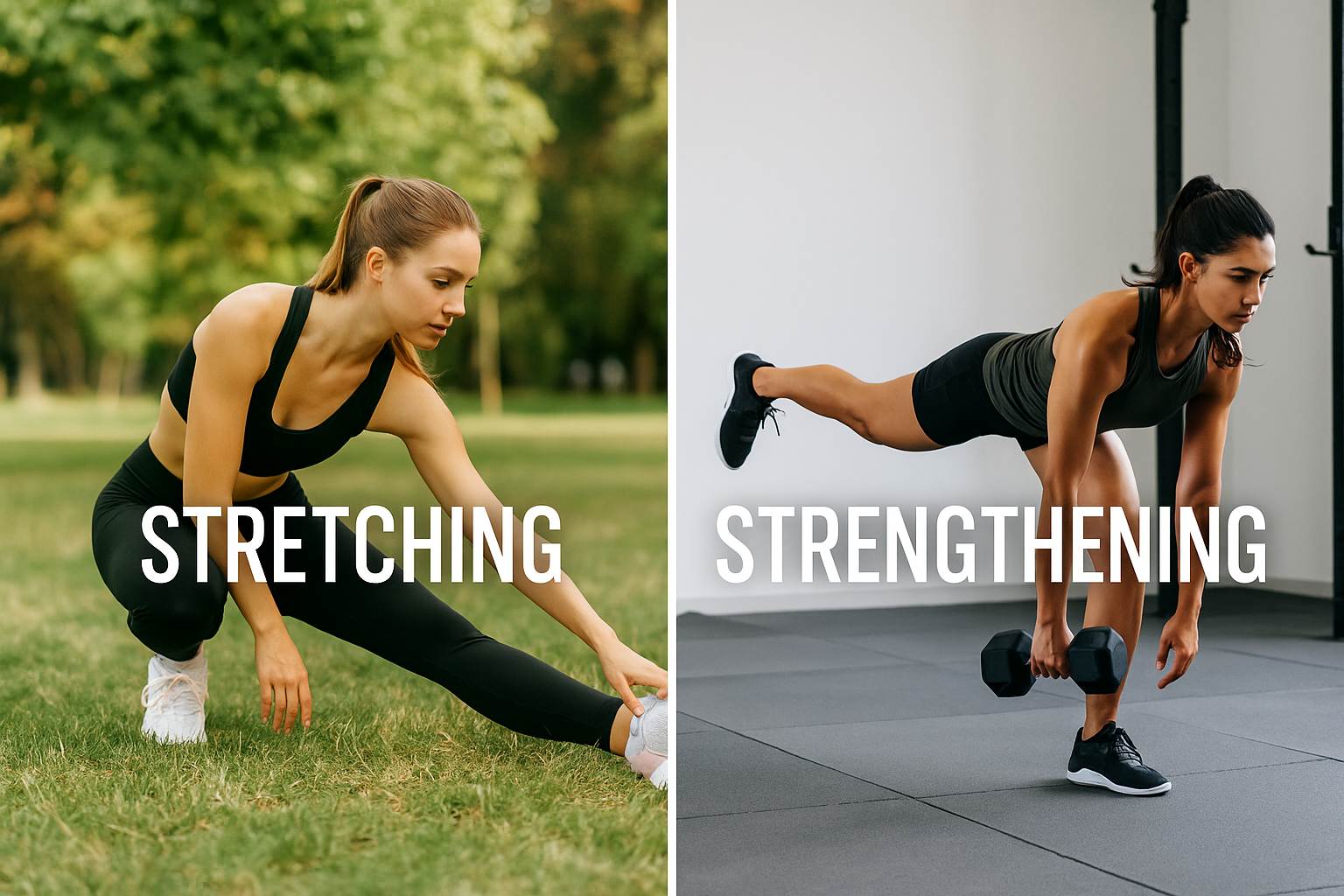
⭐ Growing Pains: What the Latest Research Really Shows
Growing pains aren’t simply “part of growing” — new research shows they’re a predictable response to rapid growth, changing biomechanics, and increased sport demands. A major study across English Premier League academies mapped when and where pain shows up in kids, revealing patterns every parent should know. Younger kids often experience heel and foot pain, while knees become the main issue from age 12, and hips/groin take over in the mid-teen years. Understanding these patterns helps parents recognise when to rest, when to adjust sport load, and when to seek help. With smart strengthening, proper load management, and early intervention, kids can stay active, confident, and pain-free as they grow.

🦵 Another ACL Patient Joins the Cross Bracing Protocol
Another ACL patient has officially begun the Cross Bracing Protocol — a structured, early-intervention bracing approach aimed at supporting natural ACL healing. Building on the success of Patient 7, we’re excited to follow this new journey and share insights into how the protocol works, who it suits, and what we’re learning along the way.

Gym sessions for rehab
Even with clear exercise instructions, it’s easy to lose confidence or consistency. Our guided rehab sessions help you perfect your technique, stay motivated, and progress safely — whether at the clinic or in the gym across the road.

Returning to exercise post injury- how the mind can trick you....
Returning to your sport after an injury takes more than physical readiness — it’s also about confidence and mindset. Learn practical strategies to manage fear of re-injury, progress safely, and enjoy your sport again with the right guidance.

Run time Auckland Marathon!
Best of luck to everyone taking part in this year’s Auckland Marathon! Whether it’s your first 5K or your tenth marathon, smart training, recovery, and mindset make all the difference. Here are our favorite tips, reads, and strategies to help you stay injury-free, perform your best, and cross that finish line feeling strong.

Should we take the plunge?
Aquatic therapy isn’t just for swimmers — it’s a powerful rehabilitation tool that helps you move, strengthen, and recover sooner after injury. A recent study showed that athletes who began water-based rehab for severe ankle sprains returned to sport nearly twice as fast as those doing traditional physiotherapy. Learn why the pool could be your next step towards faster, safer recovery.

The single run that predicts running injuries
Daylight savings is here, and runners are hitting the footpaths — but so are running injuries. Research shows it’s not weekly mileage but your longest run that drives injury risk. Learn how to train smarter, recover stronger, and avoid setbacks.

Running events coming up - our annual training smart tips
With the Auckland Marathon just weeks away, now is the time to focus on smart tapering, recovery, and injury prevention. At Urban Athlete Auckland CBD Queen Street Physio, we’re runners ourselves — and we specialise in keeping athletes strong, injury-free, and race-ready. Whether it’s a tight calf, sore knee, or a little niggle creeping in, we’ll help you stay on track, so your training pays off on race day.

Could running actually help with low back pain?
Running has long been seen as risky for people with back pain. But new research shows the opposite: a gentle, progressive run-walk plan not only reduced pain and disability, but was also safe and achievable.

How to Get Back to Running Safely After Having a Baby | Physio Auckland Queen Street CBD
Returning to running after having a baby isn’t just about waiting six weeks — it’s about rebuilding strength, protecting your pelvic health, and progressing at your body’s pace. Our Auckland Queen Street CBD physios share the four essential phases for a safe, confident postpartum return to running.

Women’s Health Week 2025 – Pelvic Health, Performance & Injury Prevention
This Women’s Health Week — Te Wiki Hauora Wāhine — discover how your menstrual cycle impacts training, why ACL injuries are more common in women, and practical tips to protect your pelvic health. Learn how a qualified Physio in Auckland CBD can help you move with confidence, prevent injury, and feel your best year-round.

Stretching vs strengthening- the outcome
Low back pain slowing you down? A new study shows that just 10 minutes of core exercises can reduce pain sensitivity and support recovery. Learn which exercises to try and how mindset impacts your results in this update from Urban Athlete Physio, Auckland CBD.

Stretching vs Strengthening: A real-life story!
Stretching feels good, but it’s not enough. Discover the real story of an over-35s footballer who learned the hard way why strengthening is essential for hamstring recovery—and how you can avoid the same mistake.

Stretching vs Strengthening: What Actually Prevents Injury?
You’ve always been told to stretch to avoid injury—but what if that’s not the full picture? A major study found stretching might not be as protective as we think. Here’s what actually reduces injury risk—and how your Auckland CBD physio can help you stay active and pain-free.

D-Day for patient number 7
Can an ACL tear heal without surgery? At our physiotherapy clinic on Queen St in Auckland CBD, Patient #7 followed a physio-led Cross Bracing Protocol and reached a key milestone: their ACL is healing naturally. This could reshape ACL rehab for the right patients.

Matariki and Snow Season Tips
As Matariki rises in the winter sky, it’s the perfect time to pause, reflect, and reconnect—with whānau and with your own wellbeing. In this edition, we share the meaning behind Matariki, practical winter wellness tips, and how to get your body ready for the ski season.

Zapping Muscles & Stimulating Brains — Is This Physio’s Sci-Fi Future?
Could electrical stimulation of the brain help with balance, coordination, and recovery after injury? Discover how researchers are blending neuroscience with physiotherapy for a glimpse into the future of rehab.

Can The ACL Heal? Part two
Can a torn ACL really heal without surgery? Groundbreaking research and real-life case studies—like our own Patient #7—are challenging long-held beliefs in sports medicine. Discover how the Cross Bracing Protocol could reshape ACL rehab for good.

Can The ACL Heal?
Surgery or no surgery? We're diving into two real-life ACL rehab journeys—one post-op and one non-operative. Find out what’s possible, what’s changing, and what might work best for your knee.

Low Back Pain & Strengthening – So, What Should You Actually Do?
Struggling with low back pain? You’re not alone—and you don’t need to plank for hours to fix it.
This week, we’re sharing five simple, research-backed exercises that actually help build strength, support your spine, and get you moving again—without the fluff. Bonus: no gym selfies required (unless your dog insists).
